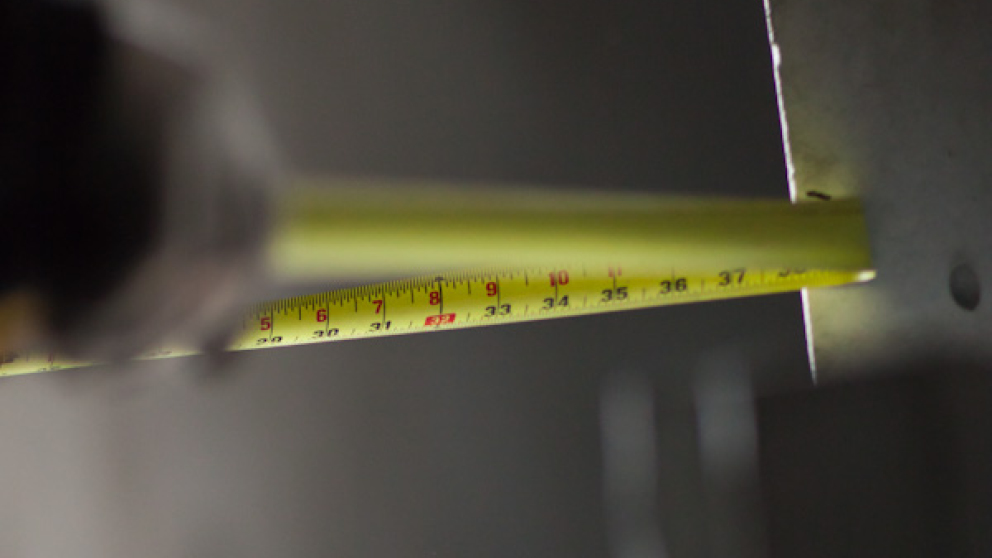Cash flow planning on your farm

Knowing when your bills are due and making sure you have the cash on hand to pay them is a key pillar of good financial management. It impacts everything from how you market your inventory to your relationship with your lending institution. Yet surprising numbers of producers find it challenging.
“Over the short term, managing your cash flow just means making sure you have access to cash, either in your bank account or on your operating loan, when you need it,” says Terry Betker with Backswath Management in Winnipeg, Man. “Over the longer term, it involves managing the liquidity in your operation; understanding where the cash is coming from, where it’s going and making sure it’s being used for the right purpose. Purchasing equipment on an operating loan is a classic way to get into a tight cash flow scenario.”
Drawing up a cash flow budget is a good way to start. FCC has a month-by-month sample in their downloadable Cash Flow Planning Guide that lists initial cash on hand then tallies revenue from all sources and total monthly expenditures. The resulting itemized list highlights potential shortfalls well in advance so they don’t become critical.
A typical grain, oilseed and cash crop operation requires large amounts of cash in spring to cover the expenses of planting a crop. Mortgage or machinery payments can be scheduled for any month of the year and living expenses are constant.
Some producers have 100% liquidity: enough working capital in their bank accounts to cover a full year’s expenses. Most rely on operational loans to tide them over until they receive revenue from inventory sales.
Many people struggle the first time they attempt a cash flow plan that accurately forecasts their income and expenses, Betker says. However, most improve after they’ve done a few and gain a better understanding of their income and expense patterns.
You can try different scenarios to see how you would fare if the price of a commodity drops or if your repair bill surges. Ideally, you’ll determine you have access to enough capital so minor fluctuations don’t have an outsized impact on your operation.
“If you get to the point where your cash flow impacts your management decisions, forcing you to sell something you don’t want to, or prevents you from purchasing something you need, you’ve got a real problem,” Betker says. “The more liquidity your operation has, the more resilience it has when faced with adversity.”
From an AgriSuccess article by Lorne McClinton.

Planning a farm build? Three construction experts share their advice for reducing costs and managing risk to work towards project success.
